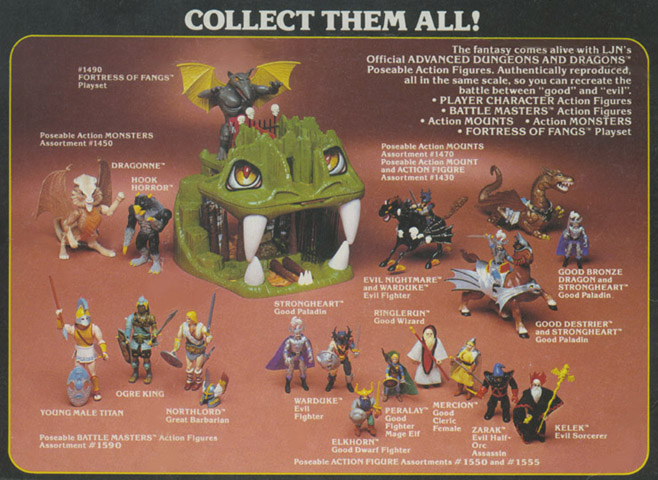There are a few reasons to be a tad wary with those numbers.
First, there’s the obvious point that you’re only counted towards the group if you join the community. So we cannot know what percentage join the community.
To subscribe, you need a user ID. The user ID is linked to the group. They used to have an issue with multiple ID systems, but they resolved that quite some time ago. It's also an error that would ONLY under-report subscriptions, not over-report them. So, if you want to view the number as a floor, I don't think it contributes much to your point.
Or if those who take the extra step to join the community are more or less likely to ubsubscribe. So the numbers could be skewed.
You cannot unsubscribe from that forum. It's locked. Like I said, people tested it extensively, you can neither opt in nor opt out of it. If you subscribe, you are added to the number. If you unsubscribe, you are subtracted.
The number fluctuated when they upgraded their community, going up and down.
Yes that was them fixing the user ID issue. After the upgrade, the number was presumably the accurate number, as it incorporated the people who had no community account but were subscribers. But again, at best, you're arguing the number is the floor.
This suggests not everyone was removed (or added) properly.
It does not. They added people who had not previously had community accounts. There appeared to be a hiccup where they reversed the combination, then they put it back in, but the final number remained consistent. At worst, the number is undercounting. It cannot overcount, from what I can tell.
Which does happen as I was a member of the group for a period some time after I ended my subscription. (I believe it was months but it was some time ago so the memory is hazy.)
The adjustment happens on what appears to be a 30-days-from-unsubscribe basis or less. But on a month-to-month basis, it appears to be accurate. Unless you're arguing some mass of people just unsubscribed this month and it hasn't shown up yet, it's not really anything that adds much to your point.
The numbers have not moved much. While the proportion of posters on the WotC boards with a red icon has dropped dramatically the number hasn’t. During the renewal period in 2010, which fell during the time the tools were not being updated and the release of the online tools, the numbers didn’t drop. This prompted the initial testing.
People have tested from the beginning.
There was the suspicion members were not removed, so this was tested. But the test only proved that the group numbers do sometimes go down and some members are removed, not that they always go down and all lapsed members are removed. It’s not conclusive.
Incorrect. After no more than 30 days each person who unsubscribed was removed from the group, usually in less than 30 days, but it was due to the fixed date updating.
The numbers can no longer just be dismissed outright, but they should still be used with caution and cannot be used as hard evidence of the success of DDI.
I am not arguing success or failure (I don't even play 4e anymore). I am saying the numbers are accurate, and proven as such. At worst, the system is under-reporting people who subscribe but who don't join the community (though again I think they corrected that error). Nothing you've said would indicate the number is HIGHER than the actual number of subscribers, other than your inaccurate statement that "there was suspicion". I am sure there was "suspicion" but it was proved false. Everyone who unsubscribed eventually was removed from the group. Not one person, beyond around a month's period of time, has ever demonstrated they were still a member of the group after they unsubscribed.
Regardless, DDI is not the massive source of profit some people suggest it is. Each issue of Dragon or Dungeon costs thousands of dollars.
It's making tens of thousands each month however, by even conservative estimates.
Plus the online tools (not cheap)
Most is fixed cost already sunk in R&D years ago. Once the magazines stop updating the tools don't even need updating, but at this point it's pretty cheap to add the few additions from each magazine. They're not as crunch-heavy as they used to be.
and the web servers for the said tools and the magazines.
Again, fixed cost, spent long ago on capital equipment.
Plus the cut Digital River likely takes from each sale for handling the money.
I doubt sales are increasing much these days. These are already-purchased accounts for the most part.
DDI likely makes money. Good money. Otherwise they would have cancelled it. But it’s a products and is not a replacement for all other products.
I agree I don't think it's a replacement. But, I think the reprints have sold well also, and their expenses are much lower now than they used to be. I don't think WOTC is hurting as a unit right now, and not just from MtG. I think the D&D section is close to holding it's own even without a current edition out.

